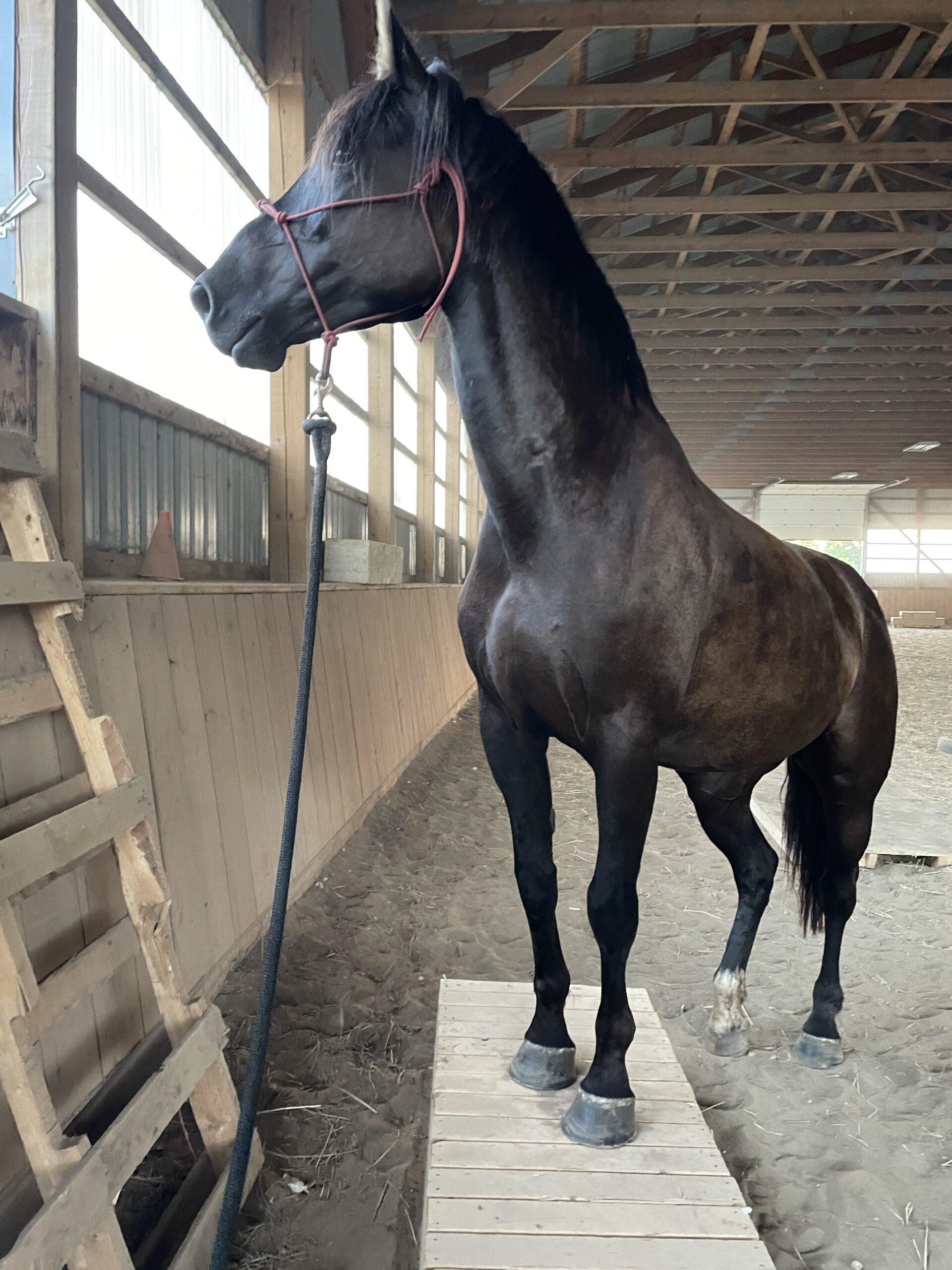What Is “Feel” in Horsemanship?
“Feel” is a word often tossed around in equestrian conversations, yet its meaning remains frustratingly elusive. It’s one of those concepts that many try to define—but few manage to capture fully. It’s not something you can put in a box, or explain in a neat, step-by-step manual. Feel must be experienced to be understood.
My own understanding of feel has shifted countless times over the years. With each horse, each ride, and each lesson learned, my definition evolves. But tonight, while riding my 11-year-old mare—my steady partner and teacher—I had a quiet moment of clarity that helped shape my current view.
I started this mare as a three-year-old, and we’ve covered a lot of ground together. She responds to a shift in seat, a gentle leg, a quiet rein. In working with her, or more truthfully through her, I’ve learned something that’s at the core of feel: the art of the release.
It’s not just about asking—it’s about knowing exactly when to stop asking.
That release, the letting go of pressure or cue, is what gives the horse room to respond. And over time, I’ve tried to refine that release so it happens not just when she responds, but when she thinks about responding. That, to me, is where feel begins to live.
For beginners, this might sound like mysticism. But feel isn’t about magic. It’s about awareness. At first, you release after the horse moves. Then, as your awareness sharpens, you begin to release at the start of the movement. Eventually, you begin to recognize—and reward—the subtle shift that precedes the movement. It’s a conversation in whispers, and you must learn to listen before the horse even speaks.
Before I found horsemanship, I studied martial arts. As a teenager, I learned a little Wing Chun, including a practice called Chi Sao—“sticky hands”—where you train blindfolded to feel your opponent’s intent through touch alone. You stop reacting to what’s already happened and begin anticipating what’s coming, based on the subtlest shifts in energy and balance. It may sound strange—until you experience it.
Here’s a simple exercise to help bring this idea into focus:
Ask someone to stand in front of you. Have them extend their left pinky, and grip it lightly with your right hand. Then blindfold yourself and ask them to tap your forehead with their right hand—at a moment of their choosing. After a few tries, you’ll begin to feel their intent through the tiniest changes in muscle tension and balance. Eventually, you’ll be able to call out “stop” before their hand ever reaches you.
That’s feel. That’s the awareness we’re talking about.
Every action we make, even the smallest, is preceded by some shift—physical, mental, or emotional. Horses feel those shifts too. They have to, for their survival. And if we’re open and present, we can begin to feel those shifts in them as well.
But here’s the catch: you can’t develop feel if you’re always trying to control. If you’re constantly pulling, pushing, or correcting, you’re too loud to notice the whispers. Feel can’t be forced. It can only emerge when you quiet down enough to perceive it.
So this is my current understanding of feel. It may evolve again tomorrow—but for now, I hope it helps someone else along their path. Feel isn’t about technique or mechanics. It’s about sensitivity, timing, and a willingness to listen with your whole body.
And in time, you’ll find your own definition—one that lives not in words, but in your hands, your seat, and your connection to the horse beneath you.

